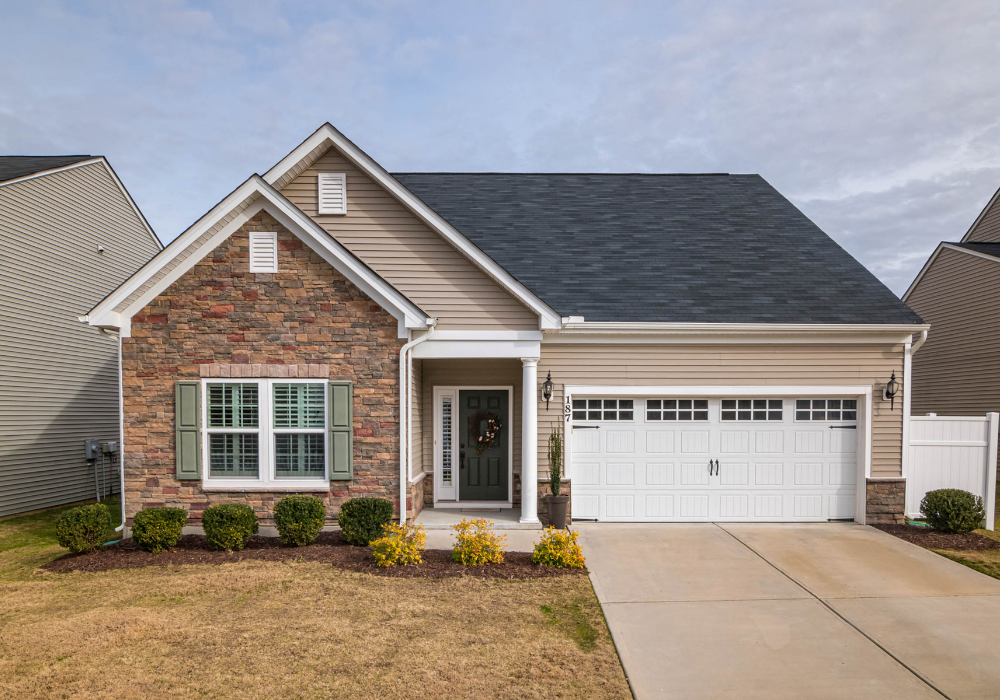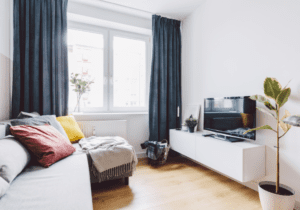In recent years, there has been a growing awareness of the importance of creating spaces that accommodate everyone, regardless of age, ability, or mobility. Universal design is at the forefront of this movement, emphasizing inclusivity and accessibility in the spaces we inhabit daily. For homeowners and accessibility advocates alike, understanding and implementing universal design principles can transform homes into welcoming havens for all.
 Understanding Universal Design and Its Relevance Today
Understanding Universal Design and Its Relevance Today
Universal design refers to the creation of environments that are accessible and usable by all people, to the greatest extent possible, without the need for adaptation or specialized design. At its core, it’s about inclusivity and ensuring that everyone, regardless of their physical abilities, can enjoy and use a space comfortably.
This concept is particularly relevant in home design, where the goal is to create living spaces that are safe, functional, and aesthetically pleasing for everyone. From young children to elderly family members, and from those with disabilities to those without, universal design principles ensure that a home is accessible and comfortable for all.
The Benefits of Incorporating Universal Design Principles
Enhancing Quality of Life
One of the primary benefits of universal design is the enhancement of quality of life. By incorporating features such as wider doorways, non-slip flooring, and easy-to-reach storage, homes become safer and more convenient for all occupants. These elements not only improve accessibility but also contribute to a more comfortable living environment overall.
Increasing Property Value
Homes that incorporate universal design principles often see an increase in property value. Potential buyers recognize the benefits of these features and are willing to pay a premium for homes that offer greater accessibility and convenience. This makes universal design a smart investment for homeowners looking to improve their property’s appeal and marketability.
Promoting Social Inclusion
Universal design fosters social inclusion by creating spaces where everyone feels welcome and comfortable. This promotes a sense of community and belonging, as homes designed with universal design principles are more accommodating to guests with diverse needs. In turn, this helps to break down barriers and promote greater understanding and empathy within communities.
Key Principles of Universal Design with Practical Home Examples
Equitable Use
Equitable use ensures that the design is useful and marketable to people with diverse abilities. For example, installing lever handles on doors instead of traditional doorknobs makes it easier for individuals with arthritis or limited hand strength to open and close doors.
Flexibility in Use
Flexibility in use accommodates a wide range of individual preferences and abilities. Adjustable countertops in the kitchen, for instance, can be lowered or raised to suit the needs of different users, whether they are standing or using a wheelchair.
 Simple and Intuitive Use
Simple and Intuitive Use
Designs should be easy to understand, regardless of the user’s experience or cognitive abilities. Clear signage, easy-to-read instructions, and intuitive controls (such as touchless faucets) are essential components of this principle.
Perceptible Information
Perceptible information ensures that necessary information is effectively communicated to the user, regardless of ambient conditions or the user’s sensory abilities. This can include visual, tactile, and auditory cues, such as contrasting colours for visual clarity or audible alerts for important notifications.
Tolerance for Error
Tolerance for error minimizes hazards and the adverse consequences of accidental or unintended actions. Examples in the home include rounded corners on countertops and furniture to reduce the risk of injury, and slip-resistant flooring to prevent falls.
Low Physical Effort
Designs that require low physical effort can be used efficiently and comfortably with minimal fatigue. Light switches that are easy to reach, lever-style faucets, and automatic doors are all examples of features that adhere to this principle.
Size and Space for Approach and Use
Adequate size and space should be provided for approach, reach, manipulation, and use, regardless of the user’s body size, posture, or mobility. Wider doorways and hallways, open floor plans, and clear pathways are crucial for ensuring that all individuals can move freely throughout the home.
Overcoming Common Challenges in Implementing Universal Design
Cost Considerations
One of the most common challenges homeowners face when implementing universal design is the perceived cost. While some features may require an upfront investment, many universal design elements can be integrated at a low cost or during routine renovations. Additionally, the long-term benefits and potential increase in property value often outweigh the initial expenses.
Aesthetic Concerns
Another challenge is the misconception that universal design compromises aesthetics. However, modern universal design solutions prioritize both functionality and style. With a wide range of design options available, homeowners can create spaces that are both beautiful and accessible.
Limited Awareness
Many homeowners and builders are simply unaware of the principles and benefits of universal design. Education and advocacy are key to overcoming this barrier. By raising awareness and showcasing the practical applications of universal design, more individuals can appreciate its importance and take steps to incorporate it into their homes.
How to Start or Retrofit Your Home with Universal Design Features
Assess Your Current Space
Begin by evaluating your current home to identify areas that may benefit from universal design features. Consider factors such as accessibility, safety, and convenience. This assessment will help you prioritize which changes to make first.
Plan for the Future
When designing or renovating your home, consider future needs as well as current ones. Aging in place is a common goal for many homeowners, and incorporating universal design principles can ensure that your home remains accessible and functional as your needs change over time.
Consult with Experts
Working with architects, designers, and contractors who specialize in universal design can provide valuable insights and guidance. These professionals can help you develop a comprehensive plan that aligns with your goals and budget.
Incorporating universal design principles into your home is a worthwhile investment that enhances accessibility, comfort, and inclusivity. By understanding the key principles, benefits, and practical applications of universal design, homeowners and accessibility advocates can create spaces that are welcoming and functional for all.


 Simple and Intuitive Use
Simple and Intuitive Use